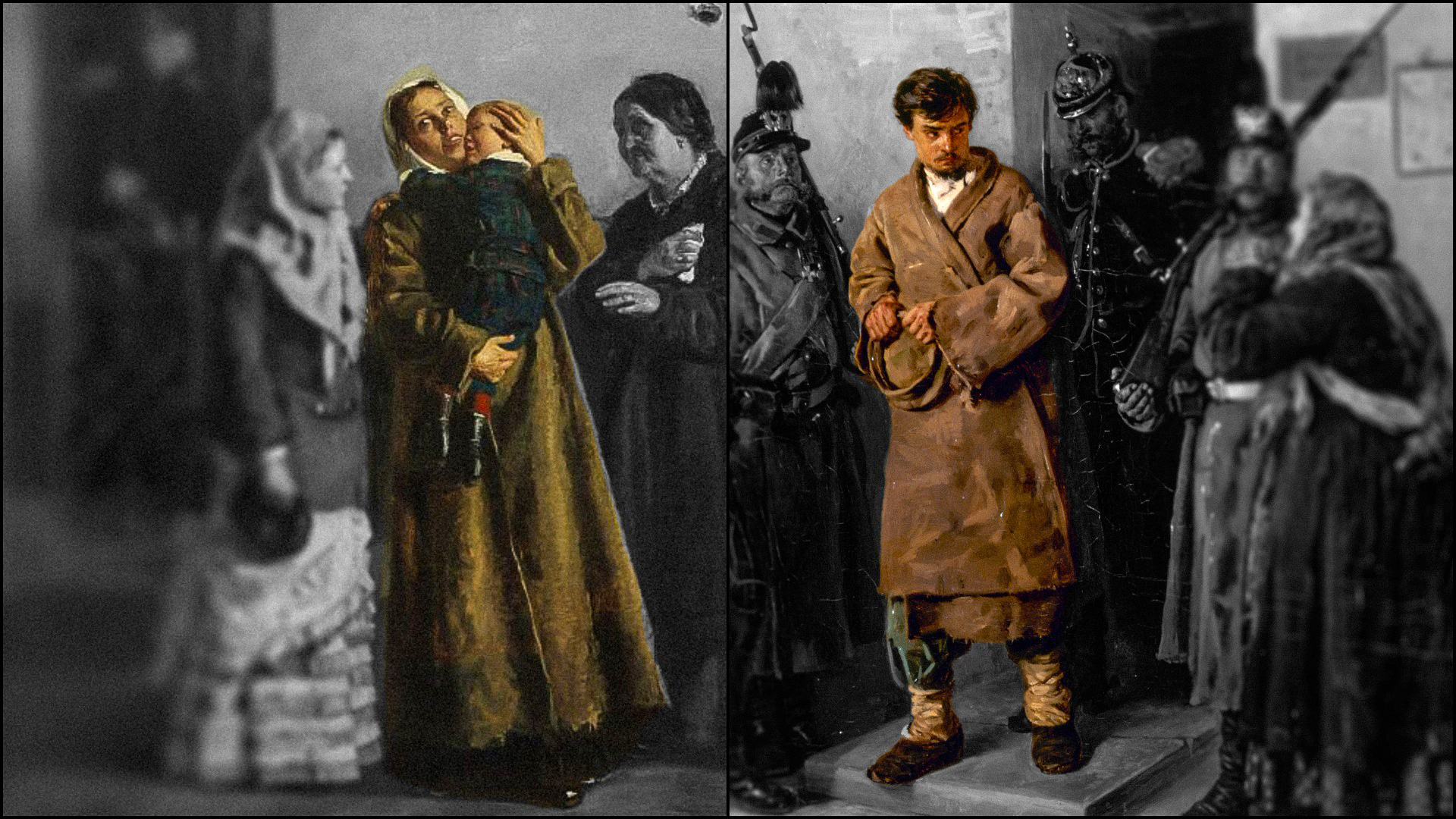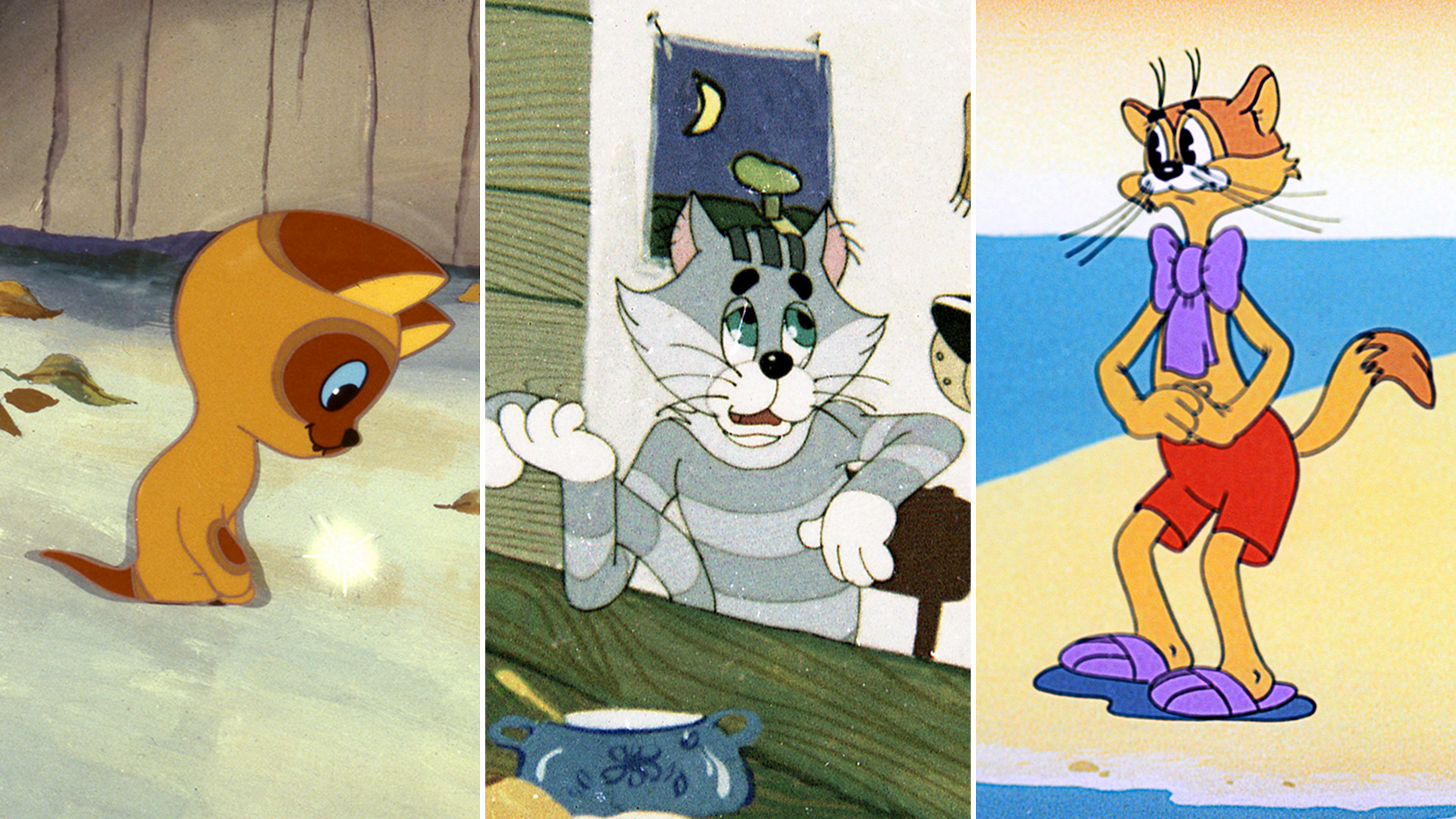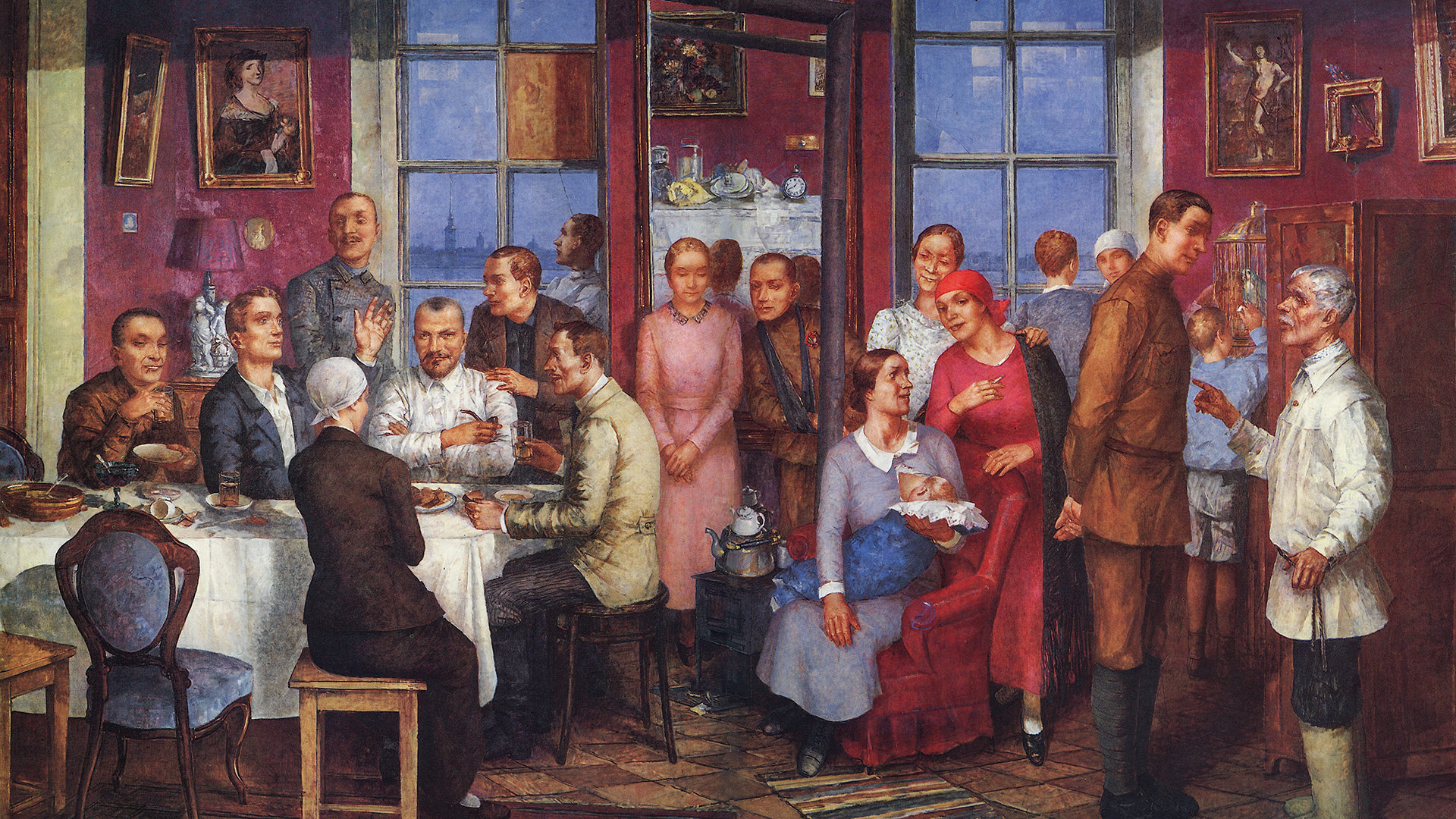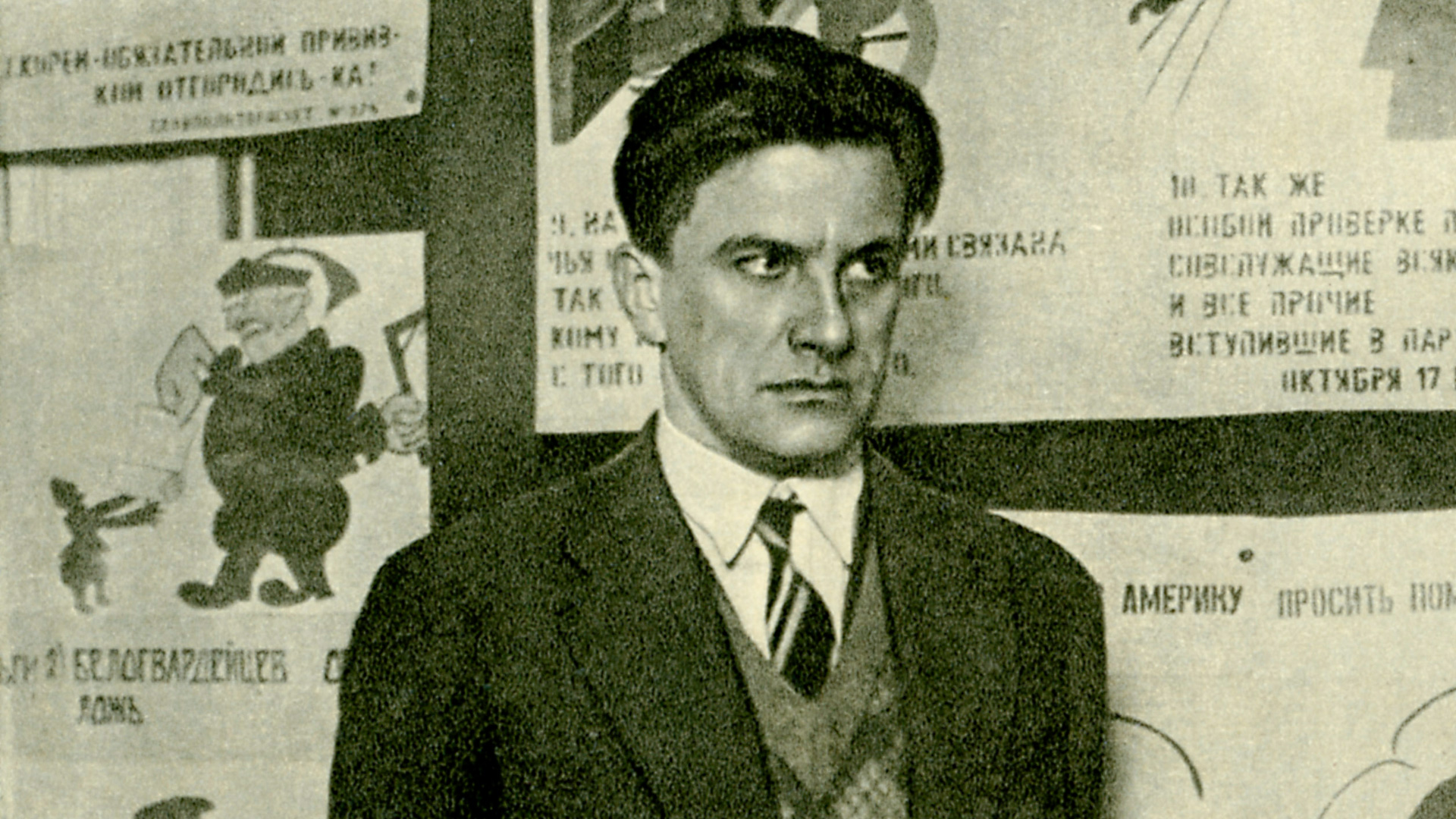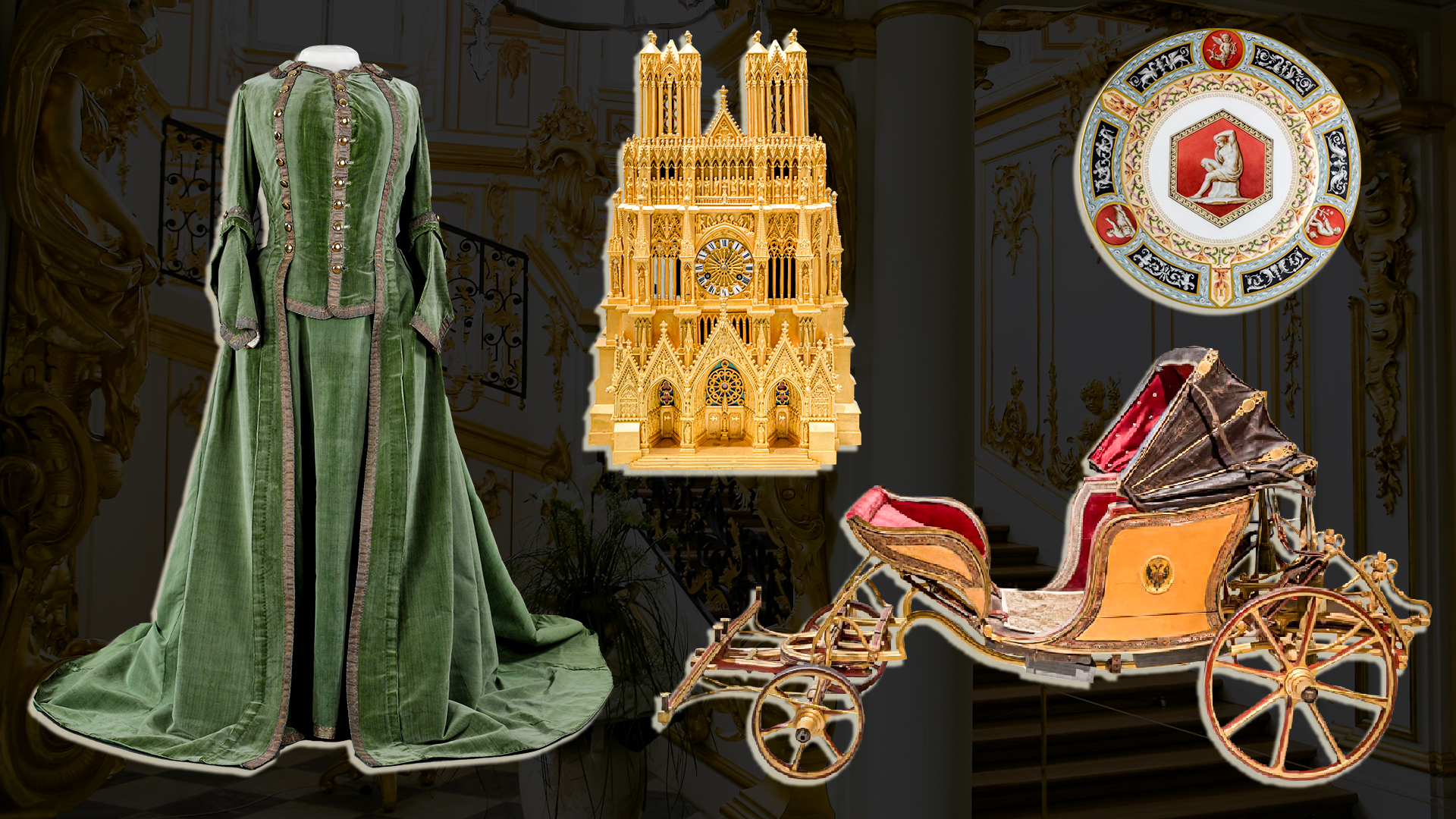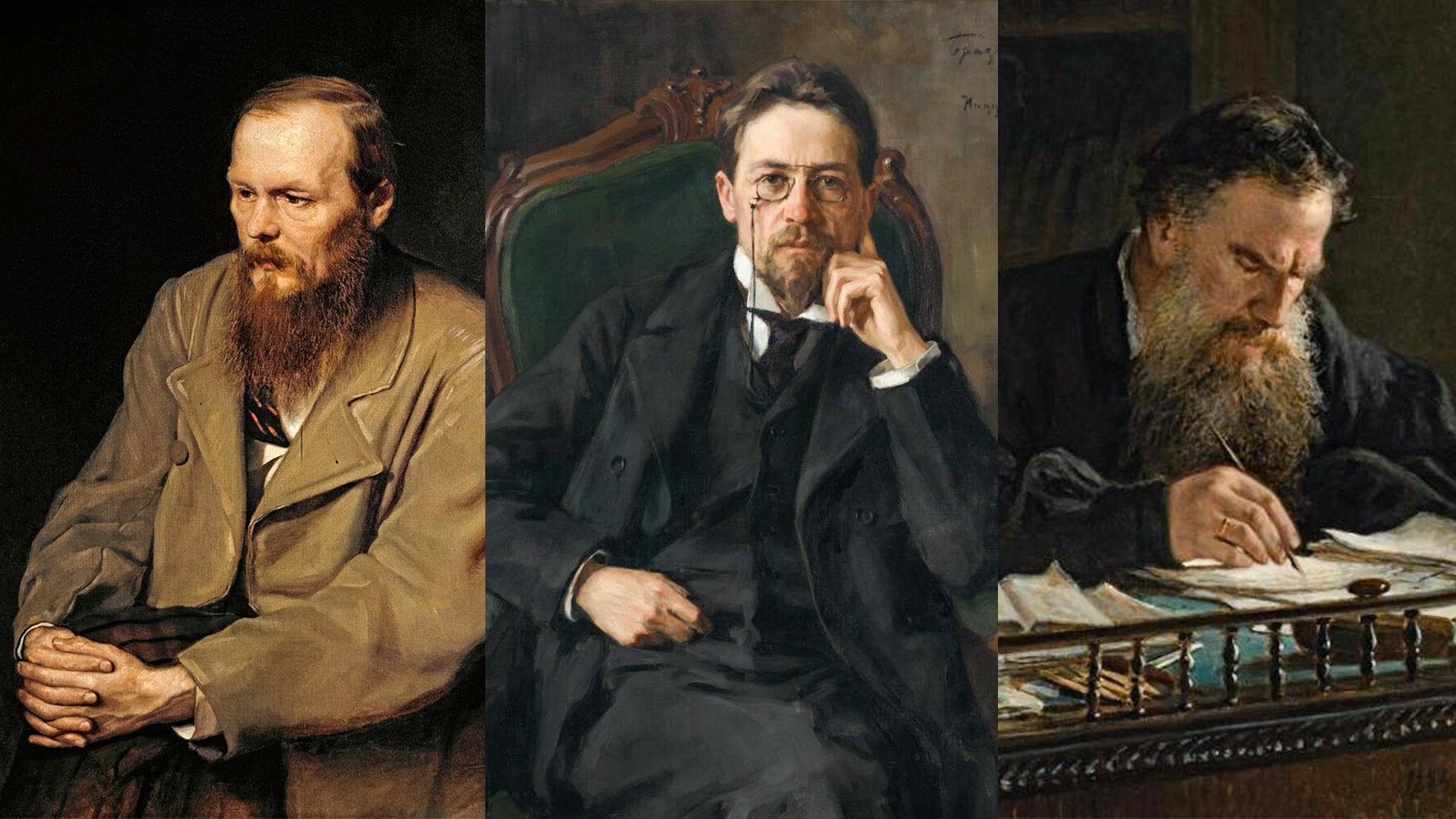
6 facts about Sergei Eisenstein’s ‘Battleship Potemkin’

On January 18, 1926, the premiere of the movie ‘Battleship Potemkin’ took place in Moscow's State Electrotheatre (today, the Khudozhestvenny Cinema). For this occasion, the facade of the theater was decorated with a model of a warship and ticket collectors were dressed in striped sailor shirts. The surprised audience did not yet know that they were present at a historic event: the movie by the then young director Sergei Eisenstein would change world cinema forever.
1. Based on real events

In the Summer of 1905, a revolt broke out on the ‘Prince Potemkin-Tavrichesky’ battleship. The sailors refused to eat borsch that had been cooked with rotten meat. Captain Yevgeny Golikov, the ship's commander, threatened them and called in the guard. In the confusion, random people were detained. The situation worsened when a tarpaulin was brought onto the deck – the sailors thought that executions would soon begin and rushed for their weapons and ammunition. A mutiny broke out soon after, during which the rebels killed the commander and officers. The survivors fled the ship or were arrested. The crew declared the battleship “territory of free Russia” and headed for Odessa, where a general strike was taking place. The revolt on the battleship became the first military revolt in Russia in the 20th century and one of the key events of the 1905-1907 revolution. It was this story that formed the basis of the movie.
2. It was supposed to be an episode of a movie about the revolution

Originally, Sergei Eisenstein was supposed to make a movie titled ‘1905’ for the 20th anniversary of the first revolution in Russia. Because of the tight deadlines for delivery of the footage, the director decided to focus on only one episode – the uprising on the battleship.
3. Filming on location

The movie crew worked in Odessa and Sevastopol, episodes of the uprising filmed on the ‘Twelve Apostles’ battleship and ‘Comintern’ cruiser – the real ‘Potemkin’ was too dilapidated by that time.
Filming on the first ship was rather nerve-racking: the fact is that the battleship was being used as an underwater mine storage facility at that time. It was carefully moored with its bow to the sea to give the impression that it was far from the shore and, according to the surviving drawings, gave it the appearance of the ‘Potemkin’”. The director recalled: “Work is carried out under the sign of mines. You can't smoke. You can't run. Even to be on deck without special need… It was not in vain that the mines tossed and turned in the belly of the old battleship and shuddered at the roar of the recreated events of history that rushed along its decks. Something of their explosive force was taken with it on its voyage by its on-screen offspring…”
4. Became the first ‘mockumentary’
Sergei Eisenstein's movies are distinguished by their exceptional realism and authenticity. It even seems that this is a documentary, not a feature film. That's why it went down in the history of world cinema as the world's first ‘mockumentary’.
5. One of the last silent movies

The movie has several versions of the musical accompaniment. Originally, it was shown with fragments from Beethoven's works. But, for distribution in Germany, the music was written by composer Edmund Meisel. He used melodies of the songs ‘Dubinushka’, ‘Varshavyanka’ and ‘You fell victim’, as well as various noises and creaks.
The movie was re-released in 1950 with music by Nikolai Kryukov and, in 1976, with fragments of symphonies by Dmitry Shostakovich.
6. It used an innovative approach

To create a dynamic visual series, Eisenstein used mobile platforms, the camera operator Eduard Tisse literally “flew”. The movie was edited according to the director's own method: he divided the footage into parts and then combined them in such a way as to maximize the dramatic effect and the intensity of emotions. The director also used special effects – stone lions “wake up” in the movie.

The black-and-white picture ends with a plan with a red revolutionary flag flying over the mutinous ship. To achieve this effect, the authors frame by frame manually colored it on the actual film reel.



